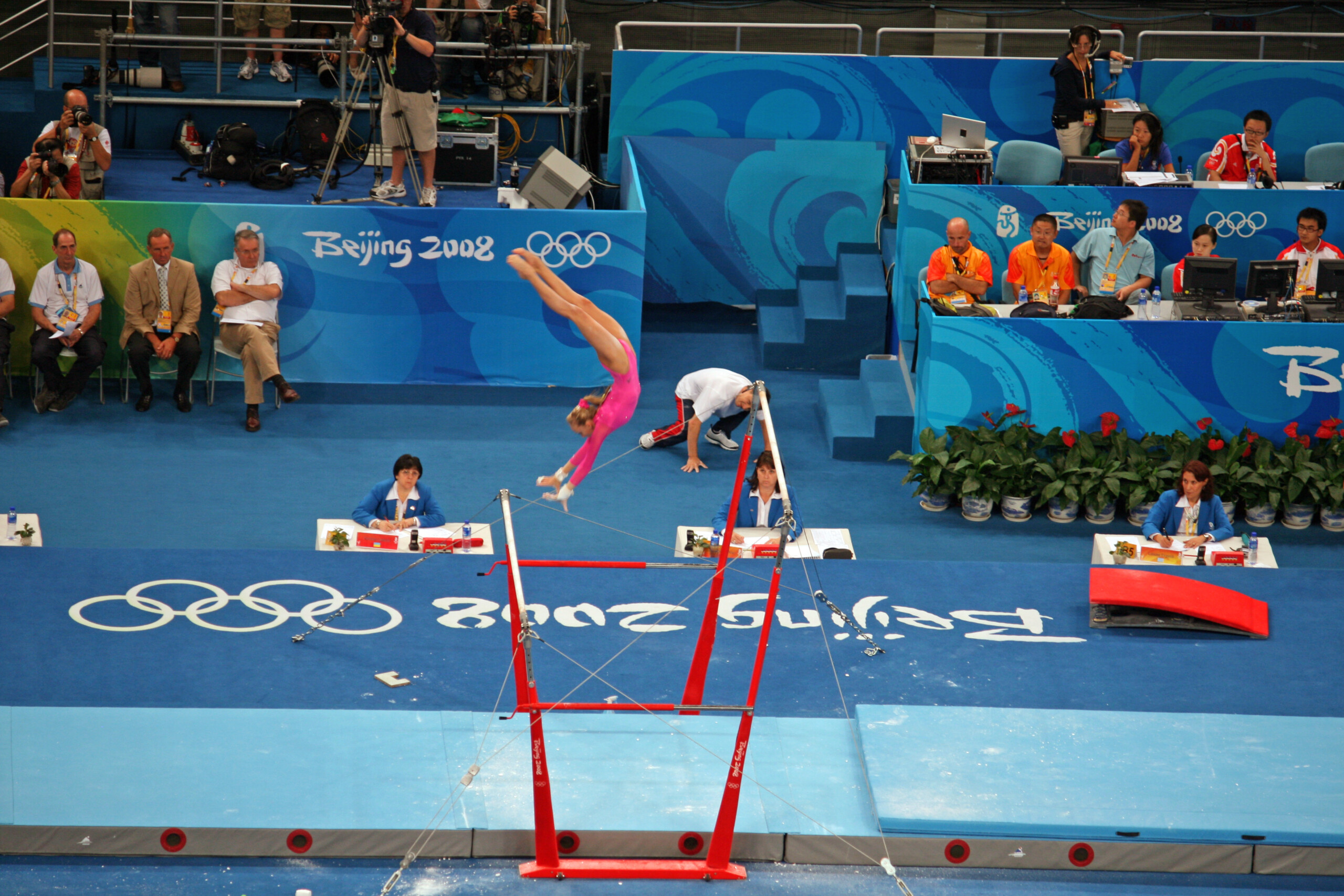Practice methods can either be massed or distributed, and whole or part.
Massed practice is a continuous practice session, with smaller rest periods than practice intervals and works well for skilled and motivated athletes. Massed practice suits skills that are exciting or frequently used in performance, such as uneven bar transitions, or passing in football.
Distributed practice has short periods of practice with longer breaks from the skill rehearsal, which can be rehearsal of another skill or a break for feedback. It is often used for less skilled and less motivated athletes and is helpful in teaching boring skills, such as passing a basketball. This practice method can also be used for the more difficult skills that need to be broken up, or when lots of feedback is necessary.
Whole practice is when the skill is practiced in its entirety and is often used for discrete and continuous skills. This practice method is good for teaching swimming or running.
Part practice is when the skill is broken down into its smaller parts and each part is practiced in isolation before being joined together. It is often used for teaching serial skills that have smaller skills that make up the larger skill, such as a basketball layup.

